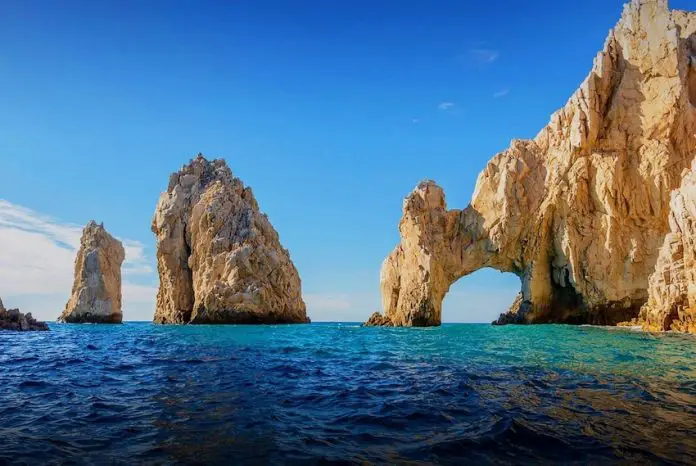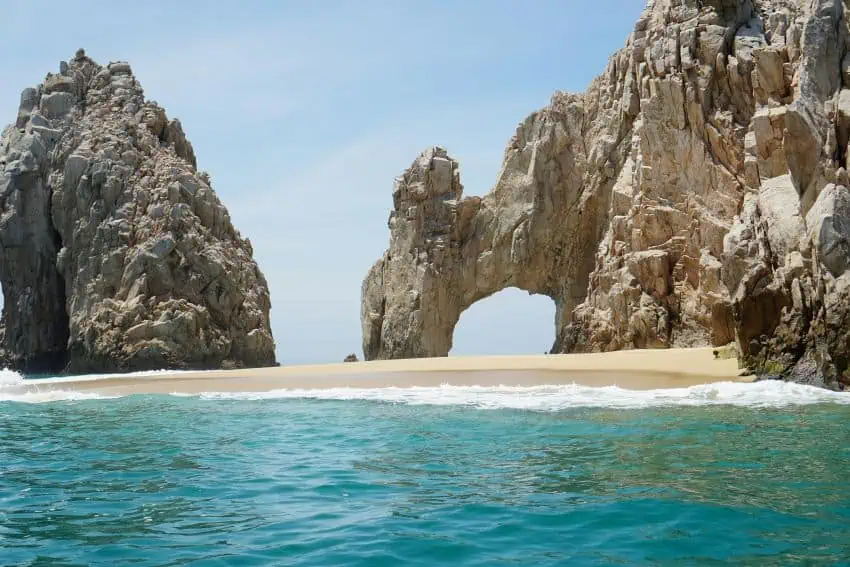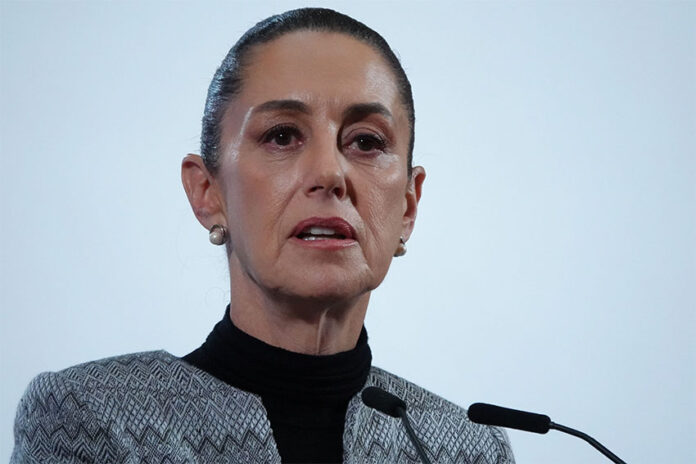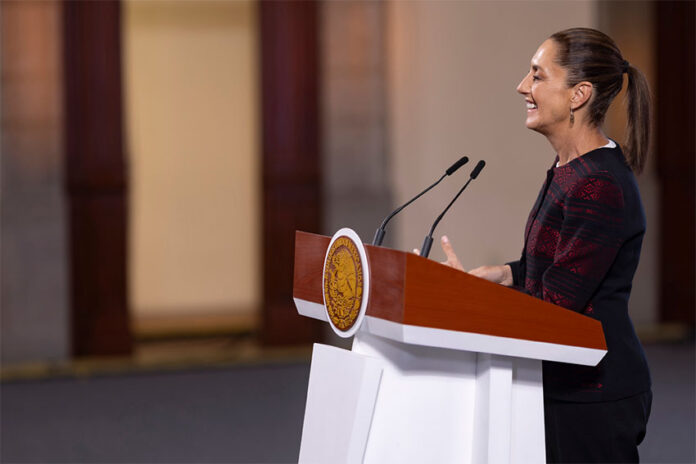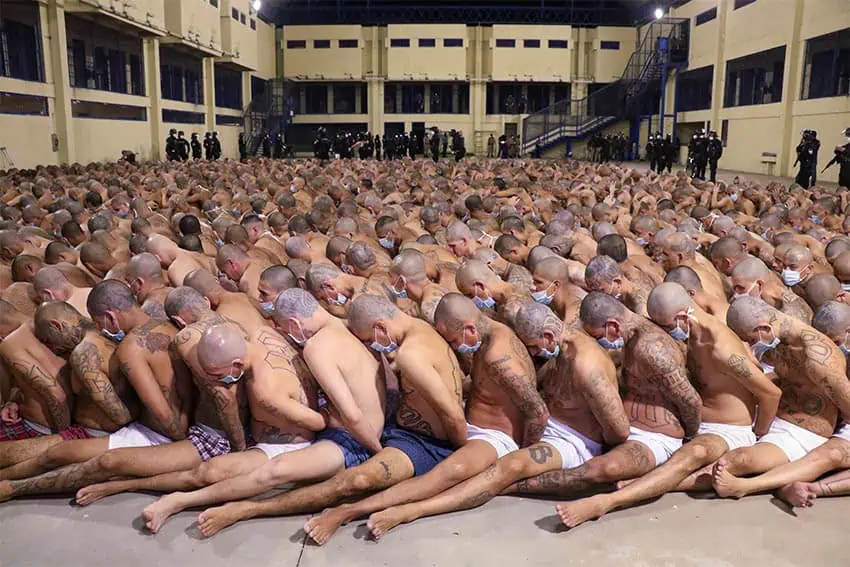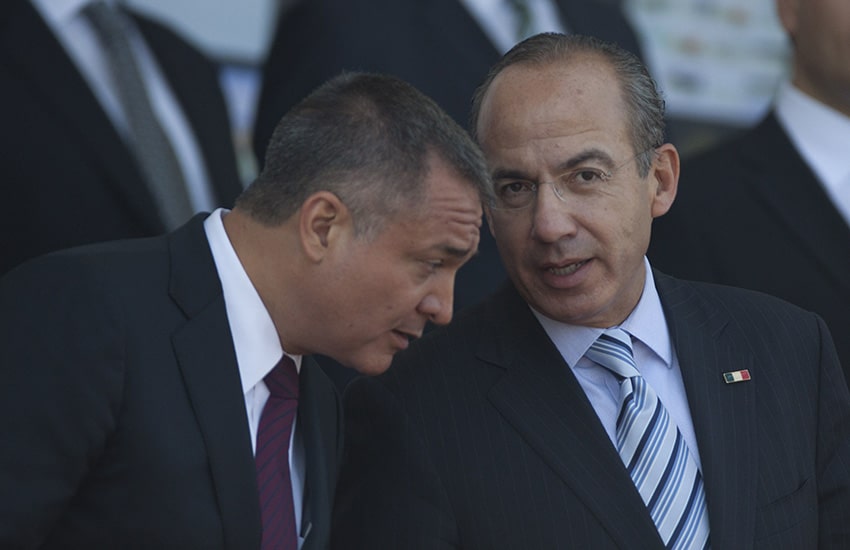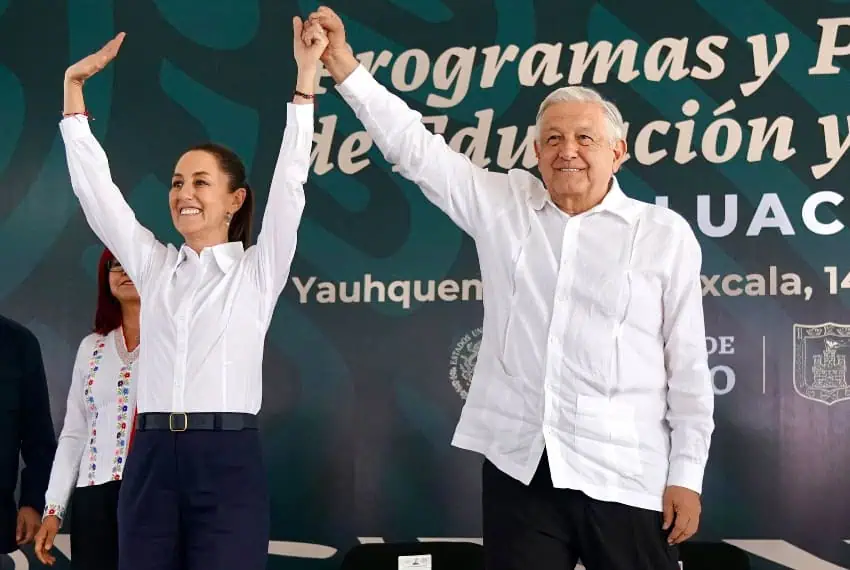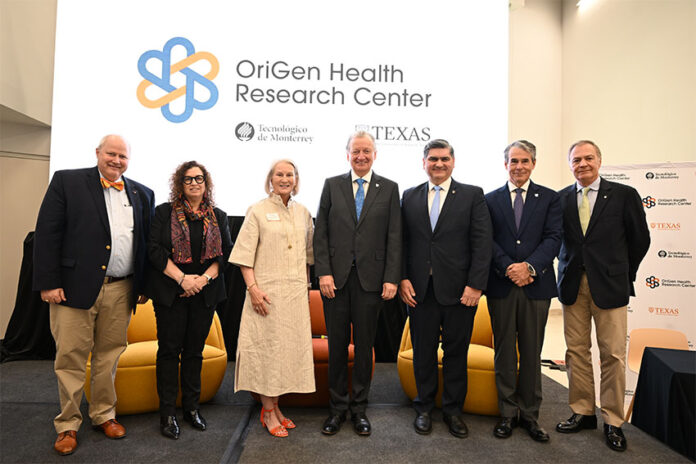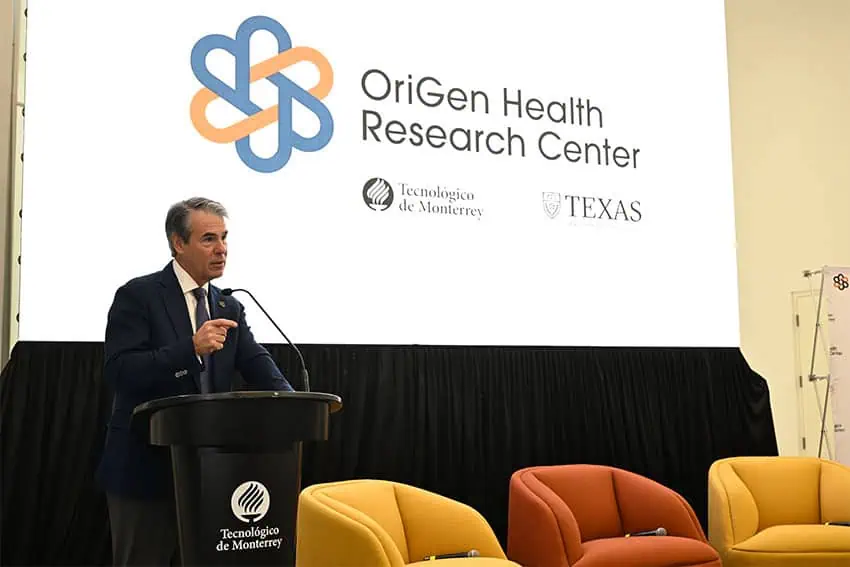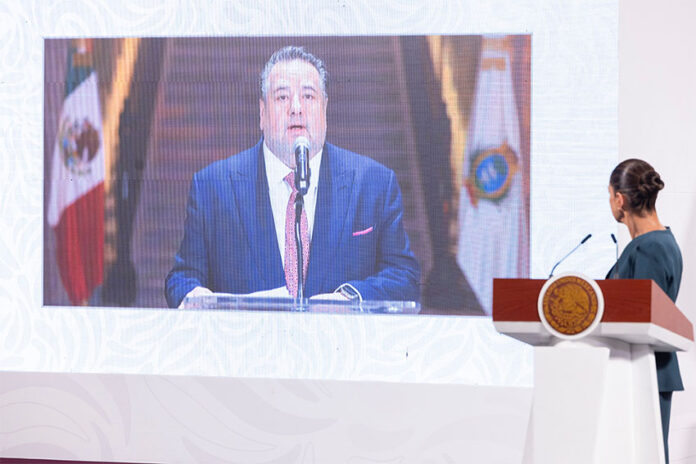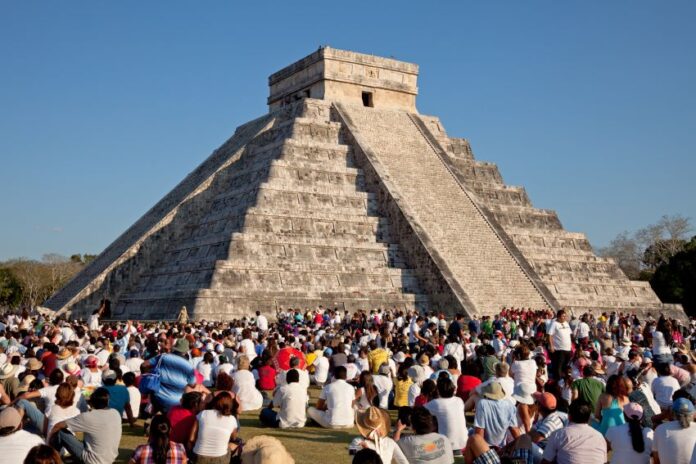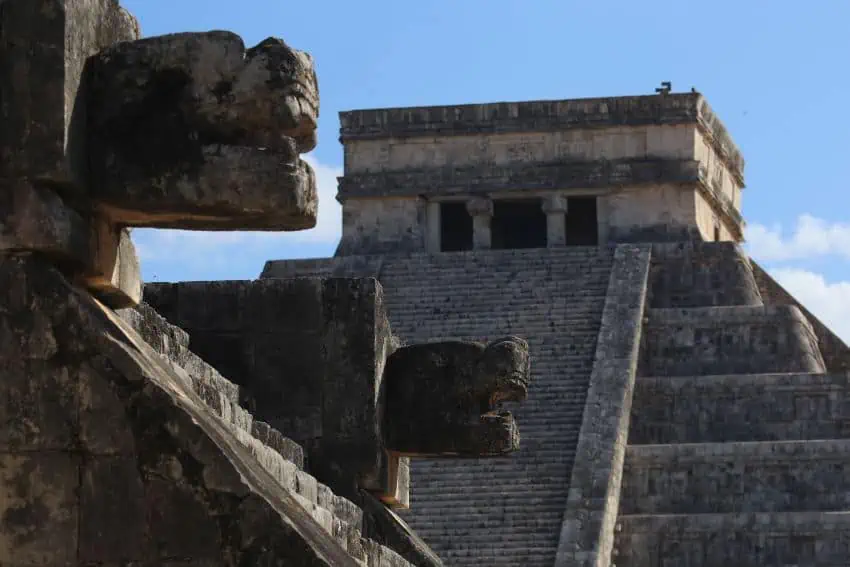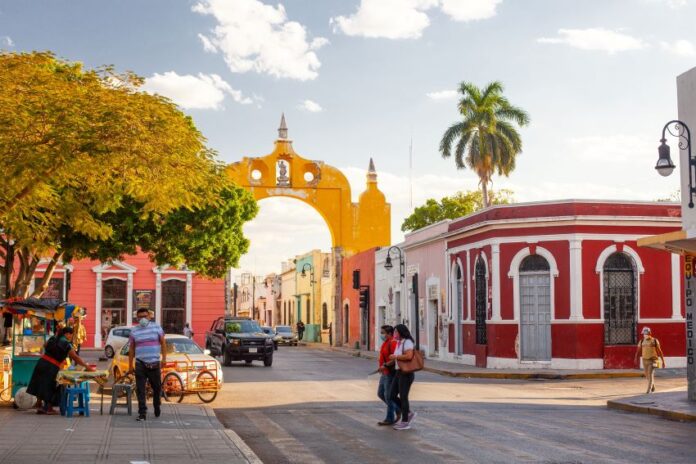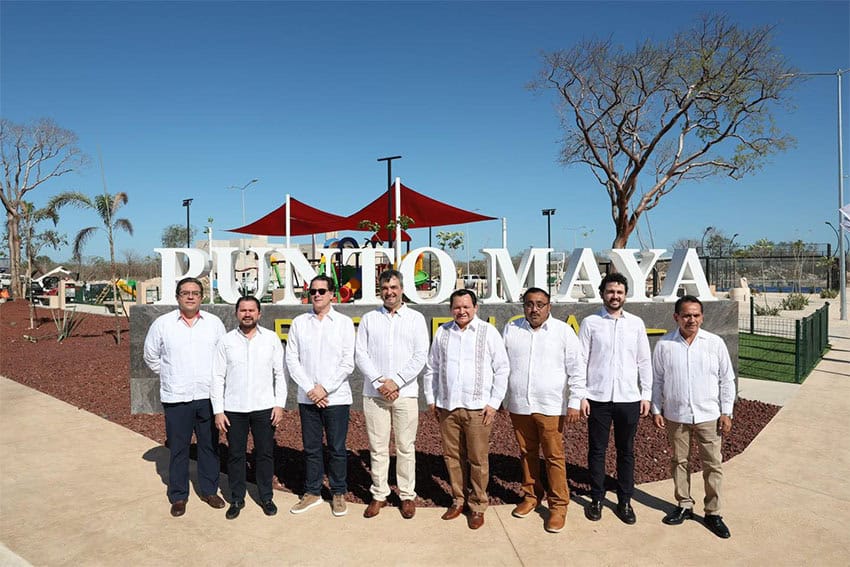If you’ve been paying any attention at all to the news in the United States, you know that the civil service is going through some major changes. Personified by Elon Musk acting like a madman with a chainsaw, all kinds of federal employees are getting tossed aside and their departments shredded.
The justification is getting rid of government waste and corruption. If you ask me, that’s rich coming from two of the richest men on earth, especially given how many billions of dollars one of them has received from the U.S. government in subsidies. Of course, nobody did ask me.

But I’m going to talk about it anyway, because I’m a writer and it’s what I do. Besides, this isn’t an issue that only concerns the United States. There’s plenty to be said for Mexican civil servants, too.
Everybody wants a steady gig
I personally am someone who’s often been — and in many ways still is — in precarious situations regarding steady work and consistent, sufficient income. AI is competing mightily for jobs requiring my skill set. Have y’all seen how good Google Translate is now? It’s not as good as me personally, but most companies don’t care about that. Which option is cheaper and ensures a bigger profit? Exactly.
So I’ve got quite a lot of sympathy, especially toward people who thought they’d found steady, well-paying jobs. Because the quantity of those types of posts, government or not, is constantly decreasing in a sea of gig “opportunities” that offer no stability and even fewer benefits. I’d imagine the cinching of one takes about an 800-pound load off.
And it’s not just about the loss of government jobs. Once we get to Artificial General Intelligence in a few short years, I suspect more workers than not will be in my exact predicament. Are we prepared for an economy where we’re all getting paid piecemeal to “check AI” and receiving zero benefits? I think not.

Government jobs anywhere are a contentious topic. Who among us hasn’t been confronted with a grouchy government worker it seems impossible to get past? Whether a literal sloth at the Texas DMV or a scary barker at the local Mexican immigration office, we’ve all had frustrating and stressful encounters with bureaucracy. “Why do these people get to keep their jobs?”, we might wonder.
On both sides of the border, a government job is widely considered to be a good, stable job. But the U.S. and Mexico do things fairly differently when it comes to these jobs. Here’s a breakdown.
Familiar faces in bureaucratic places
In Mexico, some jobs — especially government jobs — are “plazas.” This basically means that the position is tenured. It’s especially common within the Mexican public school system. The fact that so many teachers had tenure has been stated as a major reason for educational reform. While many teachers were dedicated to helping their students, others were happy to simply not show up for class and collect a paycheck. Plazas could be sold or inherited, which I think we can all agree is hands-down, 100 percent bonkers.
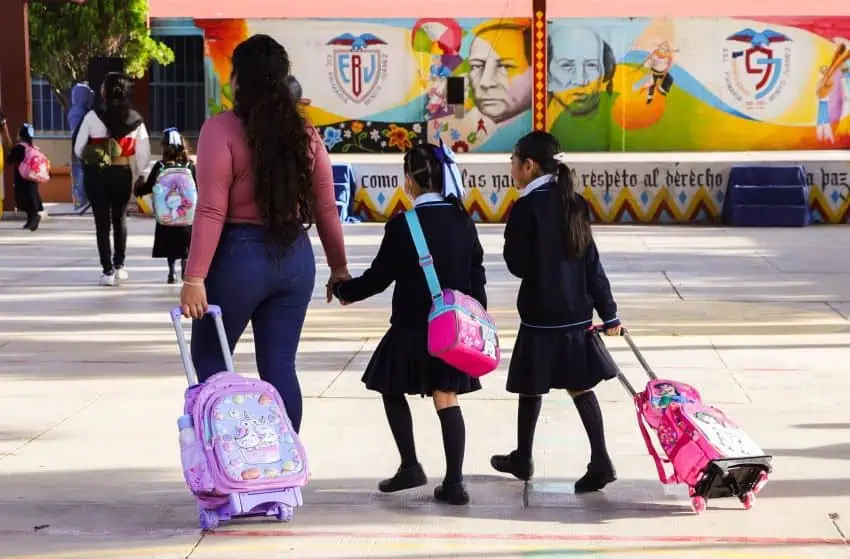
But there are other government jobs that are also plazas. I’ve been dealing with the same two immigration agents in Xalapa for the past 15 years, for example. Luckily they’re pretty nice, because I don’t think I’ll ever not deal with them if I need to go to the INM.
Out with the old, in with the new
Other job posts can change with the change of administration, even if the change is within the same party. This is because the new administration might have its own team that it wants to work with. It could also mean they owe favors to certain people who’ve helped them, and the new jobs serve as rewards.
When that happens, of course, it’s out with the old. Thankfully, this typically doesn’t happen as often with highly skilled workers, those who know all of the operational ins and outs of their posts. One friend here, for example, has a high-ranking post within the governing party. Her work is important and she does it well. She thought, however, that she’d lose that job when our state’s current governor, Rocío Nahle, took office. “Honestly, I’m tired and looking forward to the break,” she told me.
But it turns out she was just too good at it. I am not surprised by this, as my friend is awesome, noble and smart as a whip. The break did not come, as she was re-hired, so to speak, by the new administration.
Another friend didn’t fare so well. She worked as a clerical worker in a government office and had only recently been hired. Unfortunately, her job was on the chopping block; as soon as the new administration took power, she was dismissed.
Personal teams: Good or bad?
Honestly, the fact that some people get rewarded by friends or allies with jobs gets some major side-eye from me. Are they absolutely sure that the new person can do the job well? What about the continuity of work during transition?
It also strikes me as a major flaw in a system that names corruption as one of its biggest problems. If a person has a job that they know for a fact will be lost in a few years and lives in a place where impunity rules, it’s hard to imagine that they wouldn’t be at least tempted to skim off the top while they have a chance.
This is why, honestly, I’m a bit prejudiced when it comes to a career civil servant policy. I want them to be able to get fired for doing an objectively bad job, of course, as plazas also don’t seem to be the best idea. But getting tossed out because the new administration wants to stock the posts with their friends? One thing’s for sure: it truly is all about personal relationships in Mexico.
Unfortunately, this seems to be increasingly true in the U.S. as well, as Trump has long seen the value in rewarding loyalty over skills. I guess, in this sense, we’re on our way to becoming more alike.
Sarah DeVries is a writer and translator based in Xalapa, Veracruz. She can be reached through her website, sarahedevries.substack.com.

